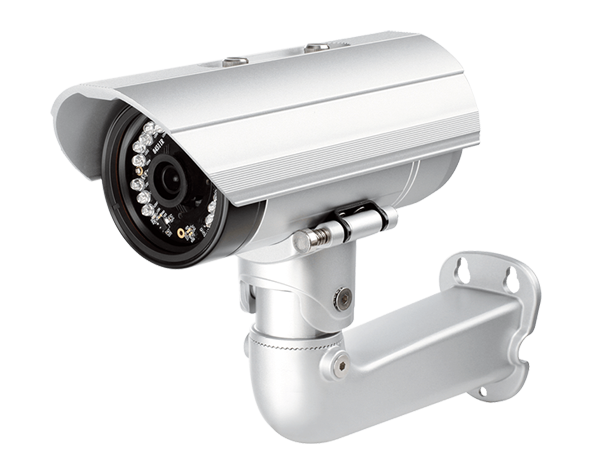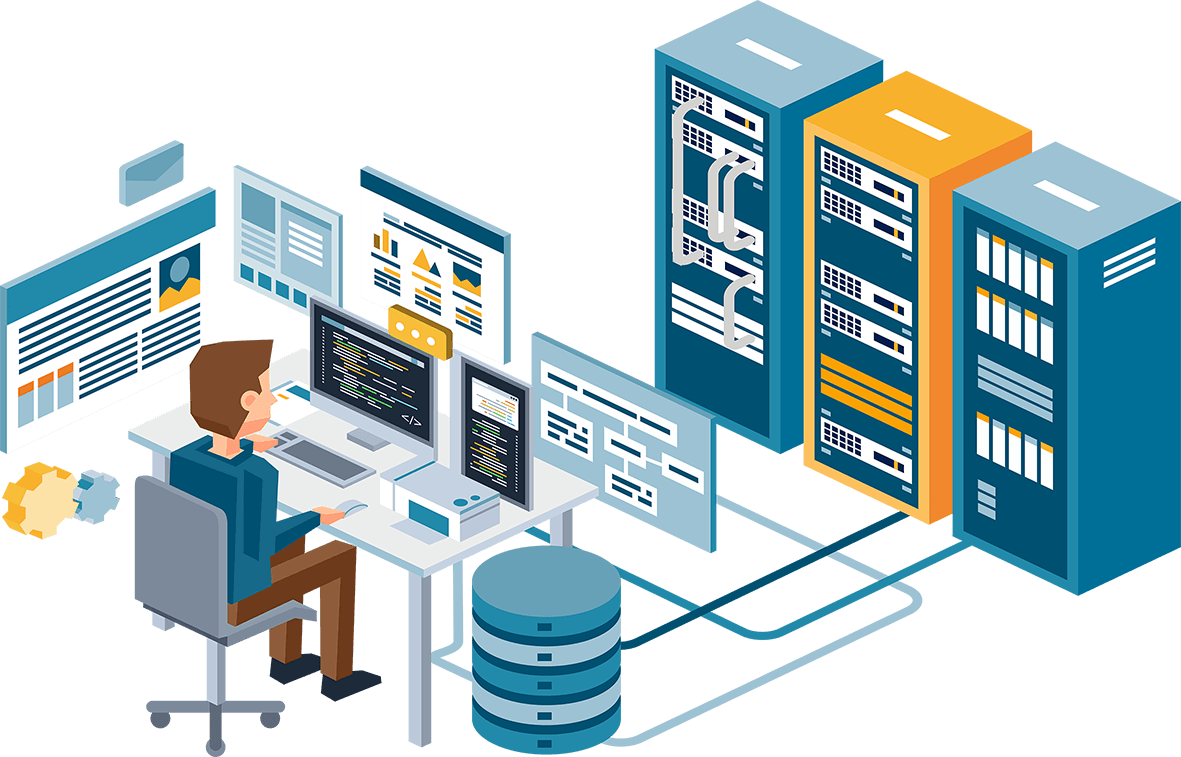Access control systems are security solutions designed to regulate and manage entry to physical spaces, digital systems, or data. These systems enforce security policies by granting or denying access based on predefined rules, credentials, or permissions. Access control systems are widely used in various environments, including residential buildings, commercial facilities, government offices, and data centers, to ensure authorized personnel can access specific areas or resources while preventing unauthorized access.
Key Components of Access Control Systems
- Authentication Mechanisms
- Credentials: Typically include badges, keycards, PIN codes, biometric data (fingerprint, iris scan, facial recognition), or digital certificates.
- Multi-Factor Authentication (MFA): Combines two or more authentication factors (e.g., badge + PIN) for enhanced security.
- Reader Devices
- Devices that read and verify credentials, such as proximity card readers, smart card readers, biometric scanners, or keypad entry systems.
- Control Panels
- Centralized units that process authentication requests, manage access permissions, and control door locks or barriers.
- Locking Mechanisms
- Electric door strikes, magnetic locks, or motorized locks controlled by the access control system to secure entry points.
- Monitoring and Logging
- Systems for logging access events, generating reports, and monitoring real-time access activity for security auditing and compliance.
- Integration Interfaces
- Interfaces for integration with other security systems, such as video surveillance, intrusion detection, and alarm systems, to provide comprehensive security solutions.
Types of Access Control Systems
- Physical Access Control Systems (PACS)
- Regulate physical entry to buildings, rooms, or restricted areas using credentials and entry points such as doors, turnstiles, or gates.
- Logical Access Control Systems (LACS)
- Manage access to digital resources, networks, or information systems, typically through user authentication and authorization mechanisms.
- Biometric Access Control Systems
- Authenticate individuals based on unique physiological or behavioral characteristics such as fingerprints, iris patterns, facial features, or voiceprints.
- Cloud-Based Access Control Systems
- Hosted access control solutions that leverage cloud technology for centralized management, remote access, and scalability.
- Mobile Access Control Systems
- Enable access using mobile devices such as smartphones or wearables, often leveraging Bluetooth or NFC technology for contactless authentication.
Benefits of Access Control Systems
- Enhanced Security
- Prevent unauthorized access to sensitive areas, assets, or information, reducing the risk of theft, vandalism, or data breaches.
- Improved Safety
- Ensure only authorized personnel can enter restricted areas with safety hazards or compliance requirements.
- Efficient Access Management
- Streamline access control processes, eliminating the need for physical keys or manual entry monitoring.
- Audit Trails and Compliance
- Generate detailed access logs and reports for auditing purposes, ensuring compliance with regulatory requirements and internal security policies.
- Flexibility and Scalability
- Easily manage access permissions, add or remove users, and scale the system to accommodate changing security needs or organizational growth.
- Integration with Other Systems
- Seamlessly integrate with video surveillance, alarm systems, time and attendance systems, and other security technologies for comprehensive protection.
Challenges in Access Control Systems
- User Convenience vs. Security
- Balancing the need for strong security measures with user convenience and ease of access.
- Cost of Implementation and Maintenance
- Initial investment and ongoing costs associated with purchasing, installing, and maintaining access control systems.
- Complexity of Integration
- Integrating access control systems with existing infrastructure and other security systems may require specialized expertise and careful planning.
- Risk of Unauthorized Access
- Vulnerabilities such as credential theft, spoofing, or bypassing physical security measures may pose risks to the integrity of access control systems.
Future Trends in Access Control Systems
- AI and Machine Learning
- Adoption of AI-driven analytics for anomaly detection, behavior analysis, and predictive security intelligence.
- IoT Integration
- Integration with Internet of Things (IoT) devices for enhanced automation, remote monitoring, and interoperability.
- Blockchain Technology
- Implementation of blockchain for secure and tamper-proof access management, credential verification, and audit trails.
- Zero Trust Architecture
- Shift towards a zero trust security model that assumes no trust by default, requiring continuous verification of identity and authorization for access.
- Contactless Solutions
- Growing demand for contactless access control solutions using technologies like Bluetooth, NFC, or RFID for hygienic and convenient authentication.







 AMC / Tech Service
AMC / Tech Service IT Infrastructure
IT Infrastructure Telecommunication
Telecommunication Surveillance CCTV
Surveillance CCTV Access Control
Access Control Web & Marketing
Web & Marketing